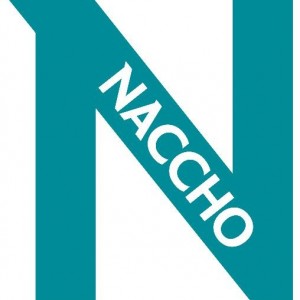Thriving Earth Exchange is a program of AGU, an international association of more than 60,000 advocates and experts in Earth and space science, that fosters community science partnerships to advance local priorities.
AGU’s Thriving Earth Exchange seeks community leaders interested in advancing their local priorities to join their upcoming American Meteorological Society (AMS)/Association of Science and Technology Centers (ASTC) January 2021 cohort.
In collaboration with AMS and ASTC, AGU’s Thriving Earth Exchange is launching a new cohort of community science projects in eight communities across the United States, with the goal of robust community science partnerships that develop tools/solutions that are feasible and sustainable in the target community. Community Leaders act on behalf of their community as part of the project leadership team, and serve as a main point of contact for other team members and Thriving Earth Exchange staff. Project design starts with community leader input, and they take primary responsibility for ensuring that the project advances community priorities and reflects community values and perspectives. Communities selected for this cohort will receive additional support in broadening community engagement and political support for their projects.
Communities of any size from across the United States are encouraged to submit a local priority or project idea related to natural and environmental health hazards, natural resources, or climate change. (See current and former projects here.) The ask is that you commit the time and energy needed to work together with a volunteer scientist and Community Science Fellow.
The program is free of charge for communities and projects do not come with funding. Community science teams design projects that can have an impact on community priority with creativity, in-kind support, and resources at hand. Projects are supported by specially trained staff and Community Science Fellows, and typically conclude within 6-18 months.
Communities who have worked with our scientists have been able to vet a 350 ppm greenhouse gas emissions target, develop a drought vulnerability assessment, assess flood vulnerability of a food distribution center, and save millions of dollars in unnecessary remediation costs to turn some ponds into a recreational park. Join over 100 communities that are advancing their priorities related to pollution, sustainability, and environmental health issues!






